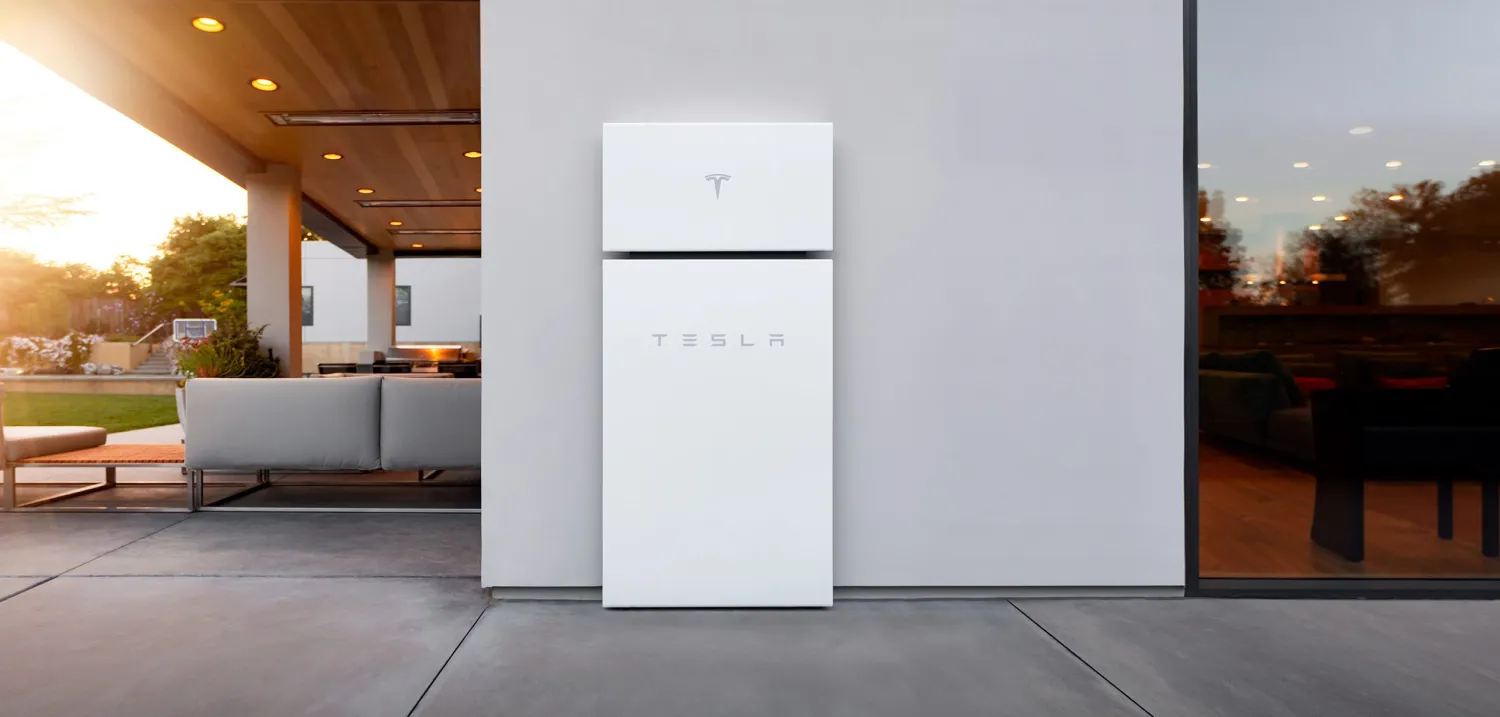Tesla has broadened its Application Programming Interface (API) support, encompassing Powerwall, solar products, and its Wall Connector (level 2 home or commercial charger). This addition to the API, launched by Tesla late last year, offers developers an avenue to integrate these energy products into their solutions.
Tesla’s move to officially introduce an API follows years of developers relying on an unofficial API without clear documentation or established protocols. While the company had initially considered creating a full third-party app ecosystem for its vehicles, featuring giant touchscreens and connectivity, it ultimately shifted its focus to app mirroring from phones to the center console.
See also: Tesla Achieves Milestone: Deploys 1 GWh of Powerwalls in Europe
FleetAPI now supports Powerwall, solar and Wall Connector enabling developers to access data and interact with these devices → https://t.co/XYHI9y5nJF pic.twitter.com/cAlMPr4zSN
— Tesla Energy (@teslaenergy) January 4, 2024
In October, Tesla launched its API primarily tailored for fleet management. The recent announcement expands its scope to include support for Powerwall, solar products, and the Wall Connector. This development is expected to facilitate third-party developers in creating applications that can interact with and control these Tesla energy products.
The integration of Tesla’s energy products into the API is likely to be well-received by the company’s partners, including electric utilities. The expansion enables these partners to develop apps that can seamlessly work with Tesla’s energy storage solutions, contributing to the company’s goal of enhancing the value of distributed energy assets.
See also: Tesla Unveils Third-Generation Powerwall Home Energy Storage System
Tesla has recently shifted its focus in the energy sector towards software solutions, aiming to optimize the functionality of products like Powerwall and Megapack. The company envisions leveraging software to create virtual power plants and enhance the overall efficiency of its energy storage deployments.







